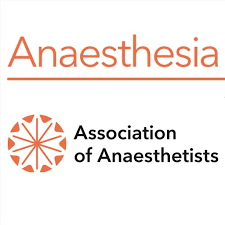Aerosol generation during supraglottic airway insertion, removal
Editor's Note
This study by researchers from the UK finds that insertion and removal of supraglottic airway devices for general anesthesia do not generate aerosols and should not be designated as aerosol generating procedures (AGPs).
Working in an ultraclean environment, the researchers used a highly sensitive aerosol detector to measure the amount and sizes of aerosol particles produced when the tubes were inserted or removed.
They found that the quantity of aerosol produced by inserting the device was no more than that during restful breathing before induction of anesthesia and less than 4% of the amount of aerosol produced by a single cough.
Based on the belief that supraglottic airway insertion and removal are high-risk AGPs that increase risk of COVID-19 infection to staff and other patients, OR personnel in the UK wear high grade personal protective equipment (PPE), and ORs are left empty for 20 minutes before and after a procedure to allow viral particles to disperse.
Such delays have contributed to the doubling of the number of patients waiting for routine surgery in the UK, with more than 5.3 million people awaiting surgery, including more than 300,000 waiting more than a year.
The authors, who are part of the AERATOR study group, say their research shows that anesthesiologists can return to using supraglottic airways for general anesthesia, and that precautions around their use need to be reviewed and relaxed. In addition, they say there needs to be more focus on staff caring for patients who are coughing on the general wards where low grade PPE is commonly used for protection.
Read More >>

 Free Daily News
Free Daily News